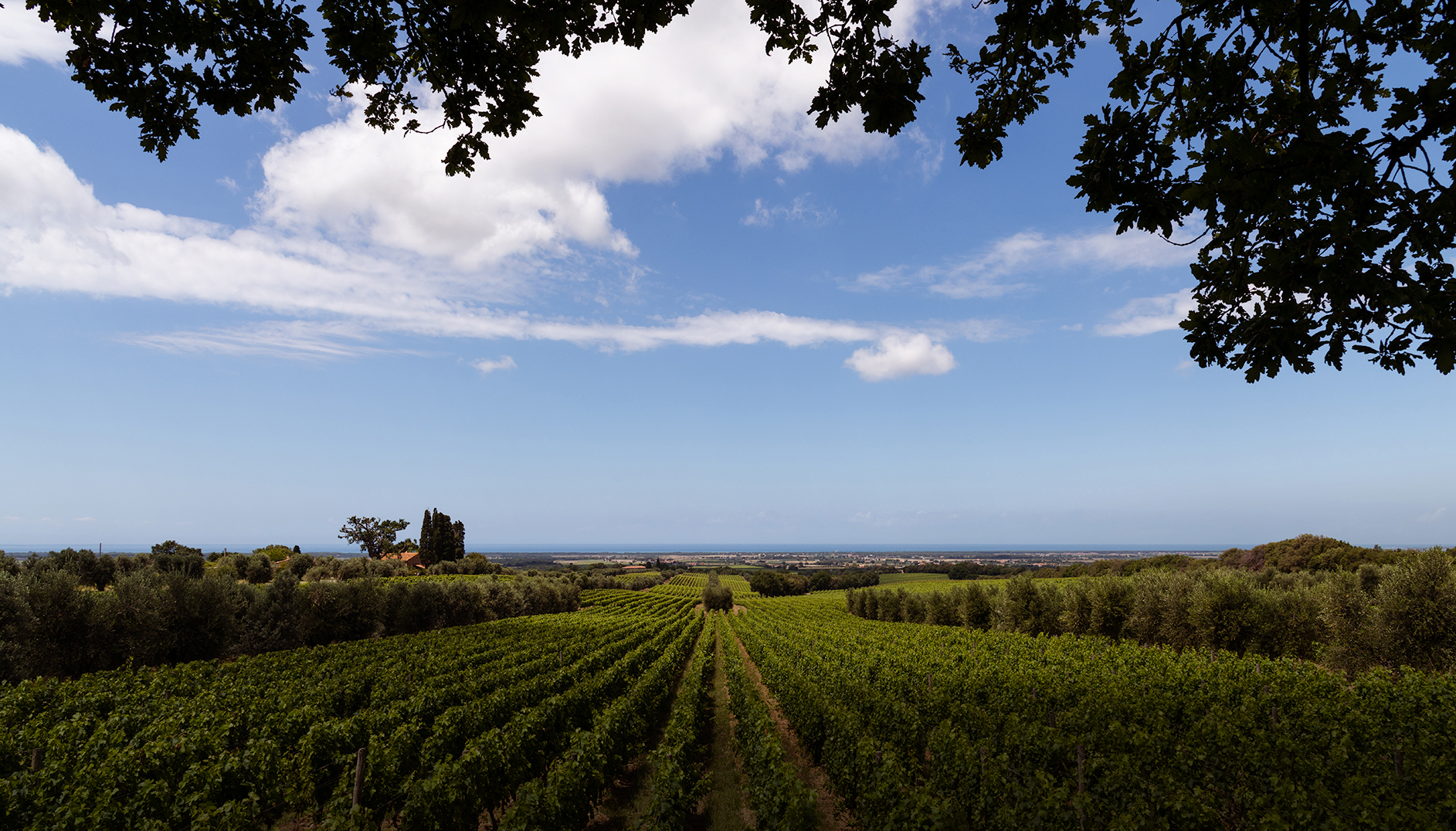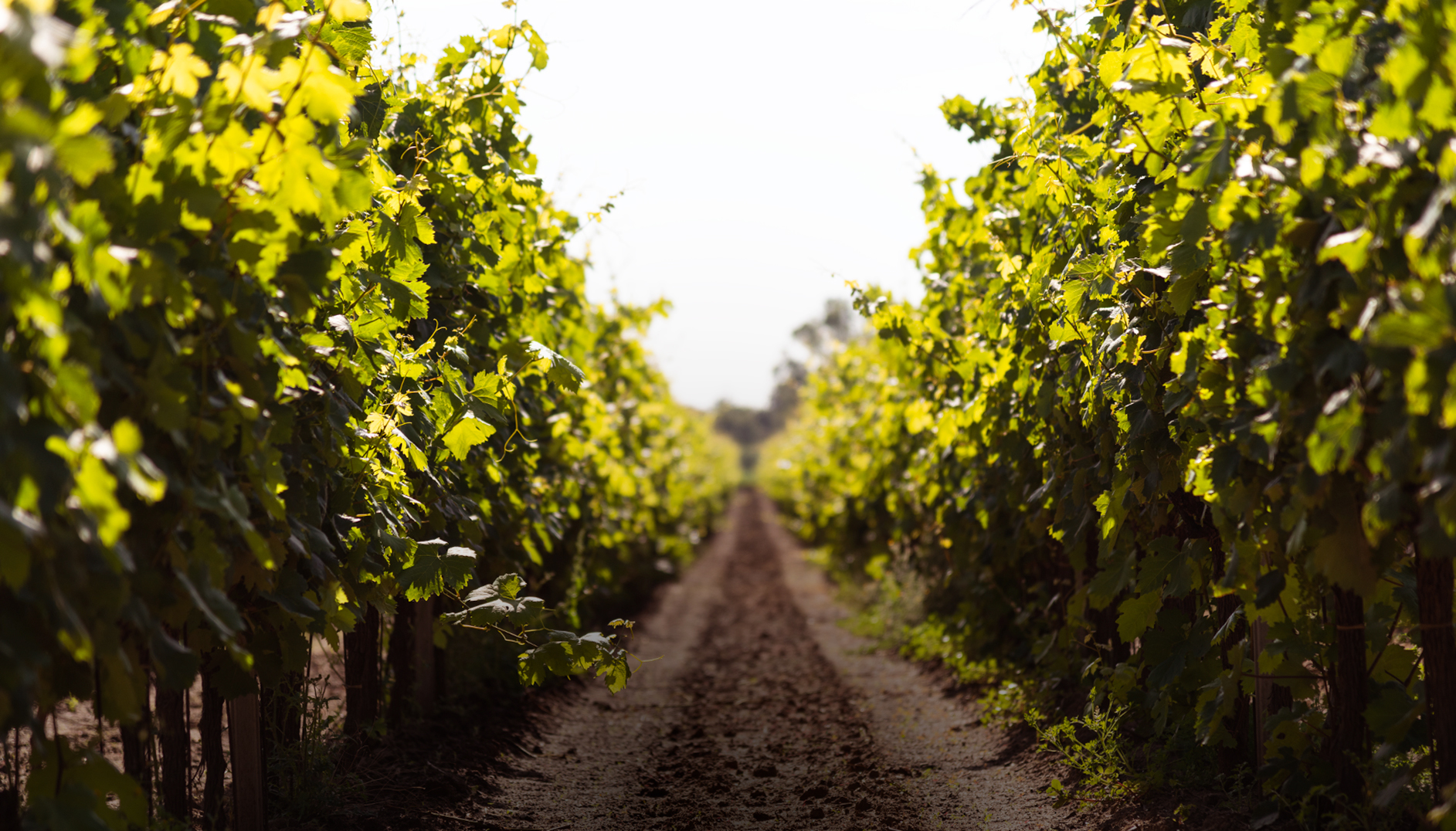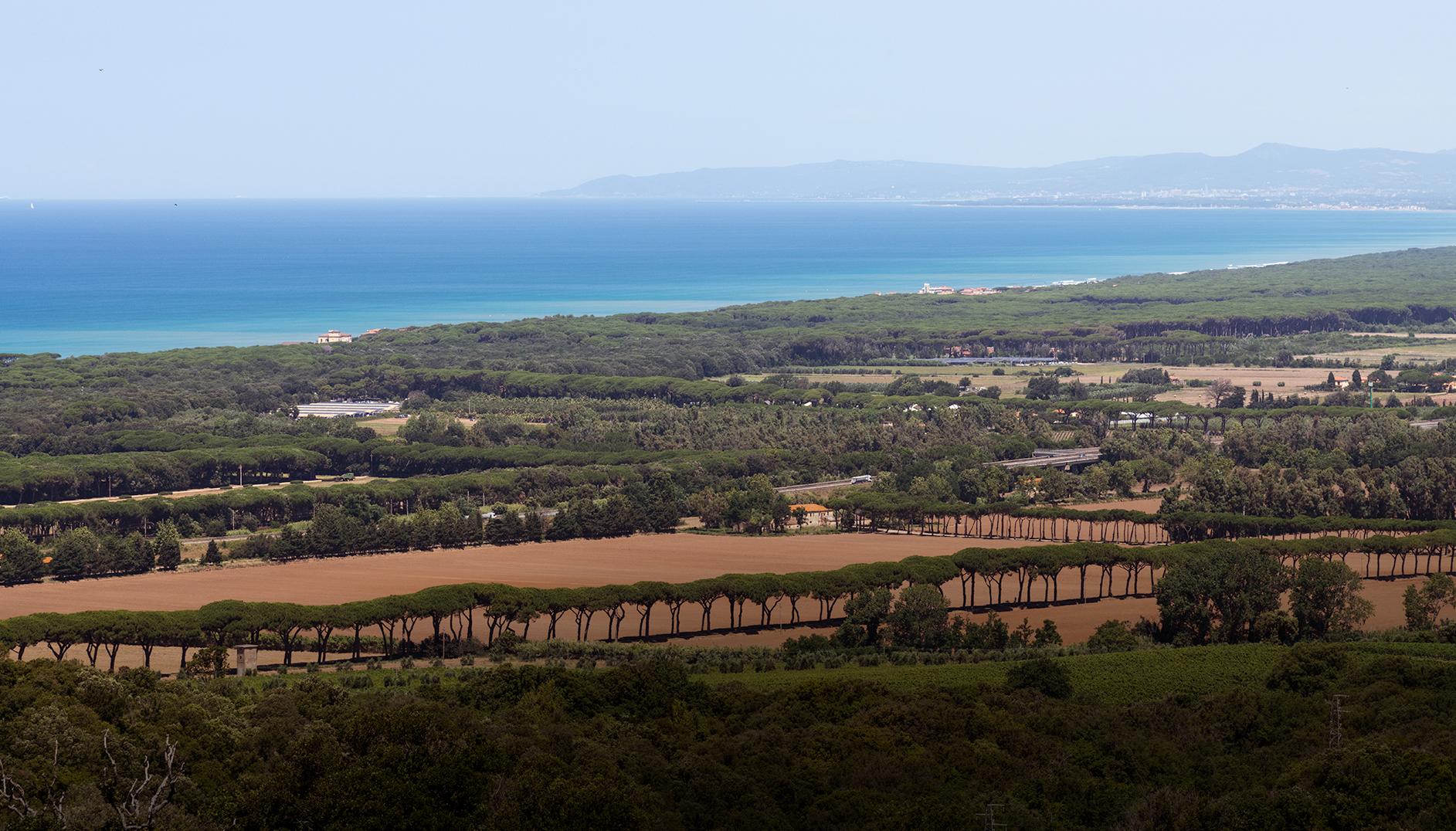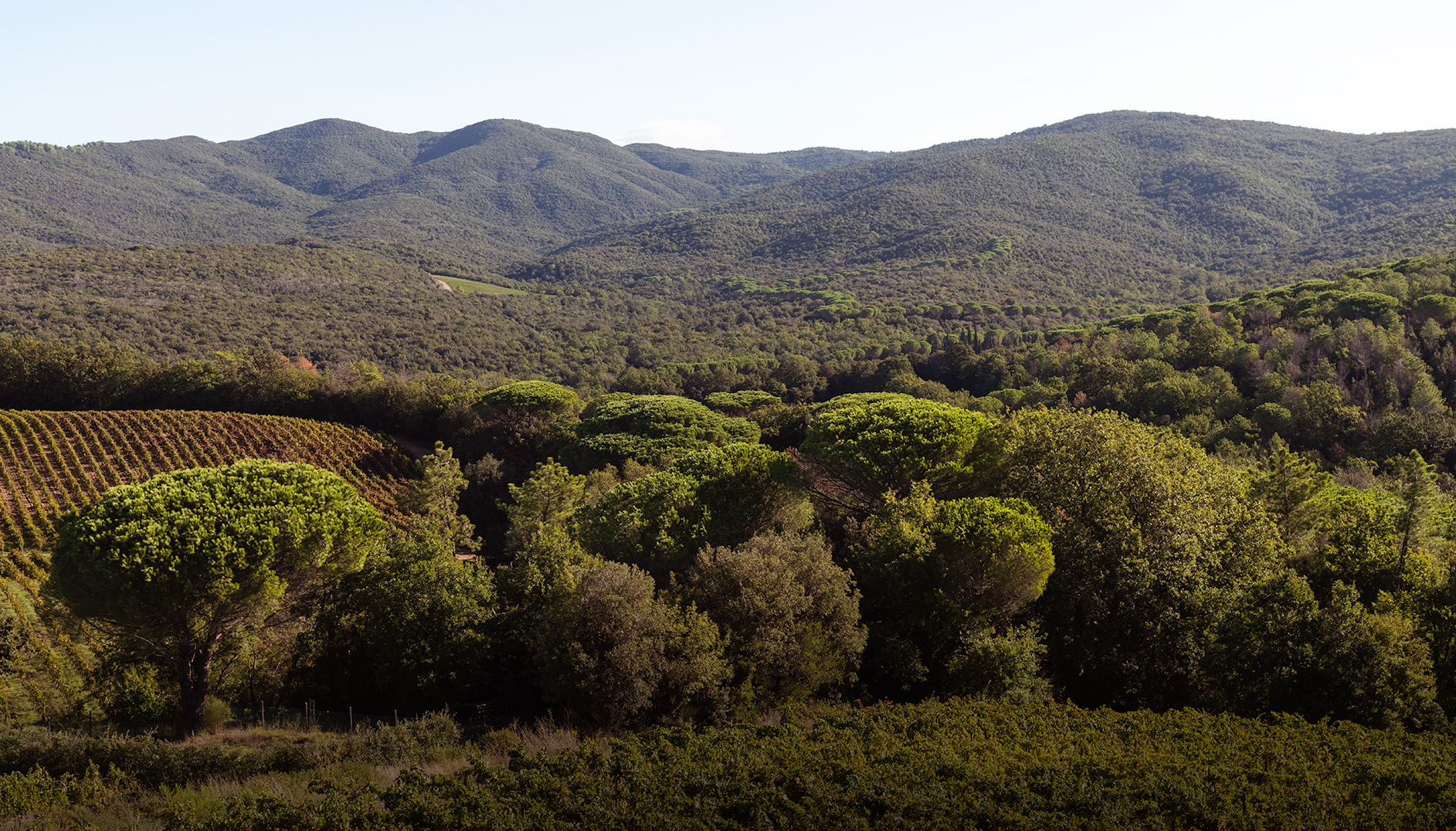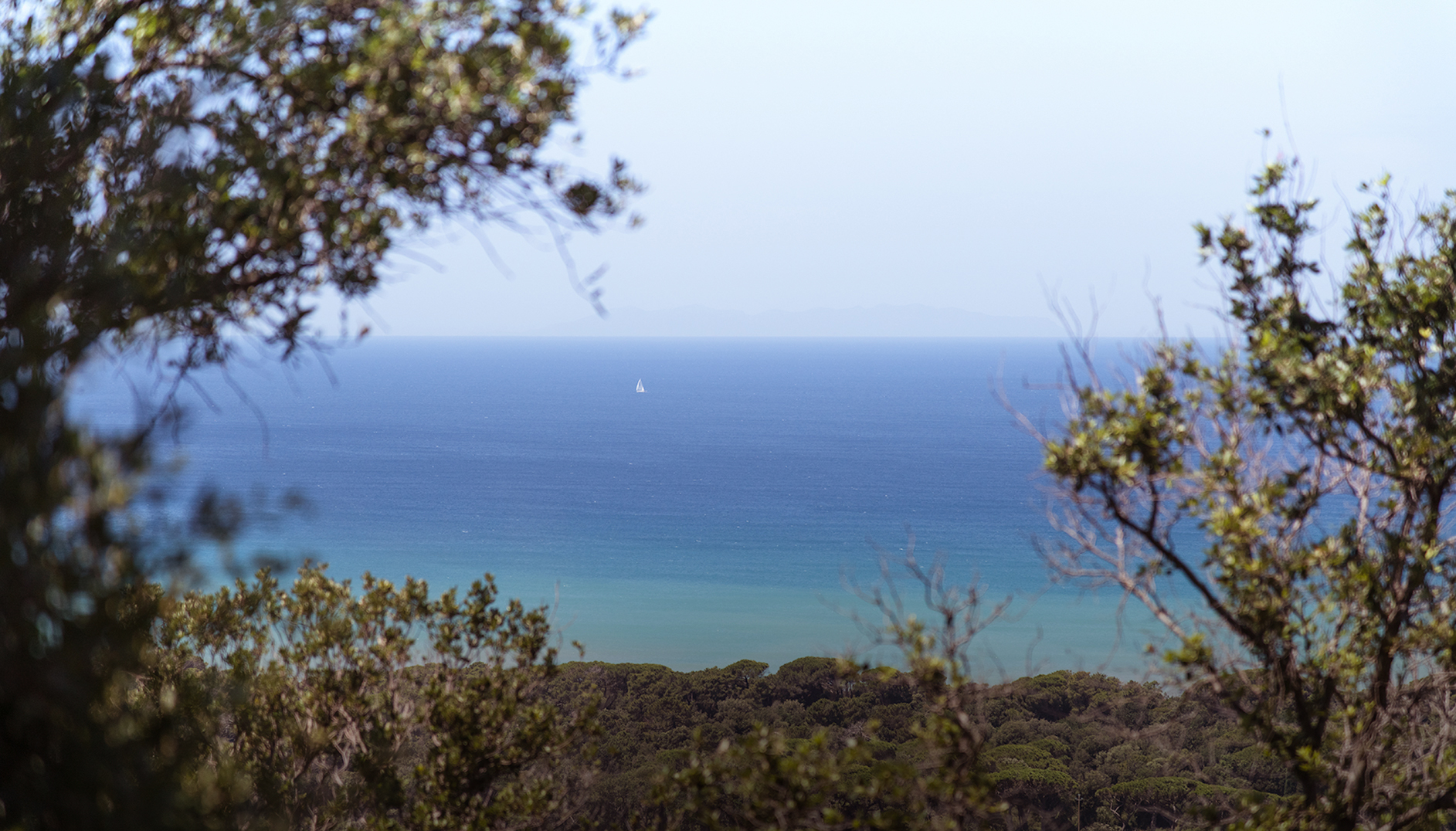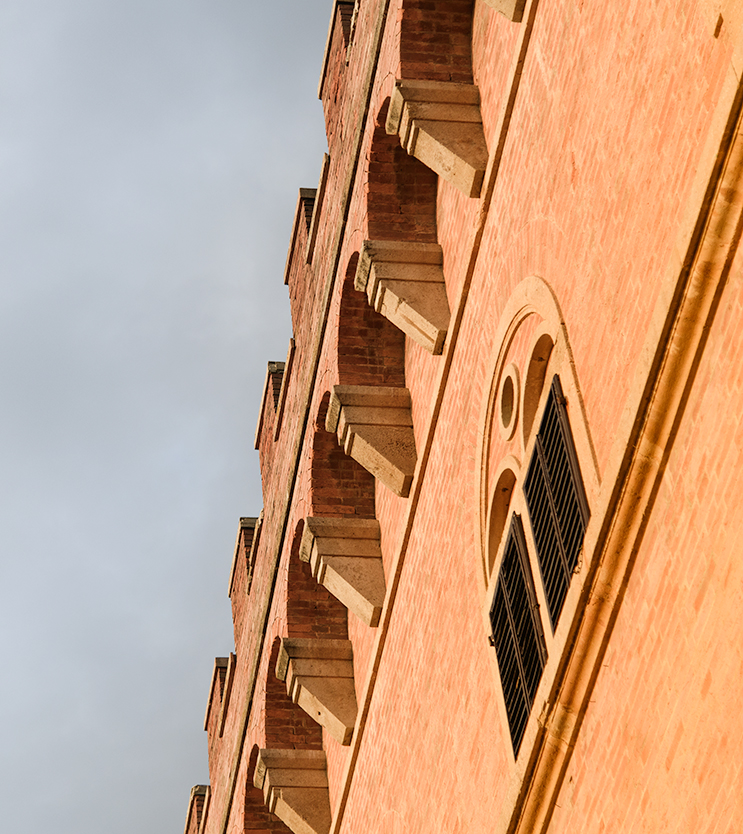
Ancient and Medieval History
Bolgheri’s surrounding territory holds evidence of anthropic activities that date back to the XII century B.C., principally in the hillsides due to the fact that the flat terrain was swampland for many centuries. Ancient Etruscan civilization influenced the area and had established viticultural practices well before the arrival of the Greeks in Southern Italy and the birth of Rome.
This is therefore one of the first areas in Europe where grape vines were cultivated. Bolgheri’s ancient history follows the events of the Italian peninsula, affected by the rise and fall of Roman civilization.
After a lengthy period of conflicts that ravaged Italy following the fall of the Western Roman Empire, signs of stability surfaced under the Lombards between the VI and VIII centuries.
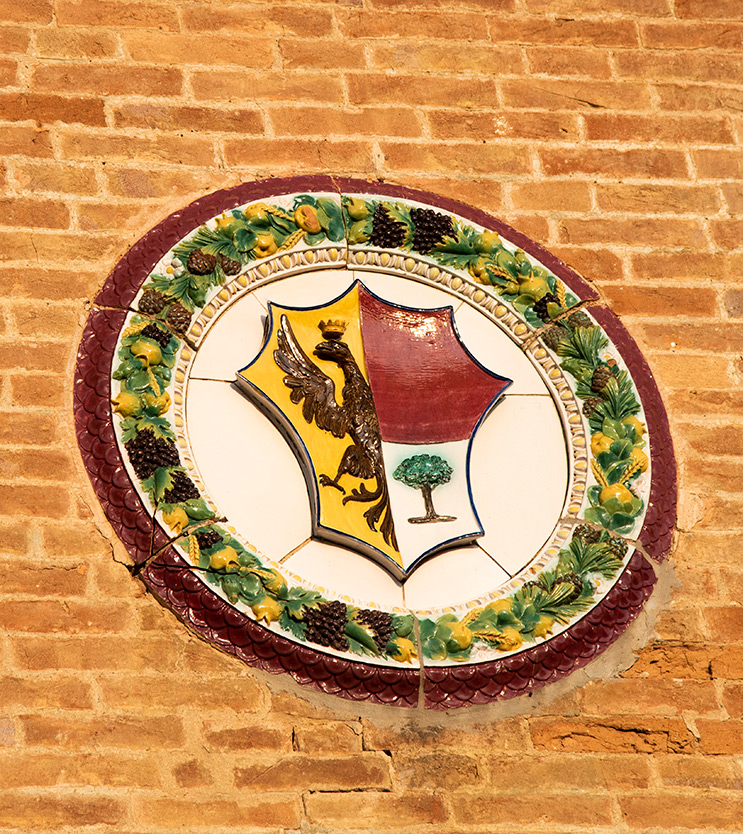
Its location on the coast made Bolgheri vulnerable to raids from the sea, so under the reign of Liutprand, the area was fortified to provide protection and defend the territory.
Settlements during this time were positioned on hilltops for two reasons; to avoid unhealthy conditions in the flat swamplands and also for strategic defense.
It was during this historical period of Lombard settlements in the area that Walfredo, the forefather of the Della Gherardesca family, was born. The Della Gherardesca family has played a fundamental role in the history of regional development in Bolgheri starting prior to the year 1000 A.D. and continuing up to the present day.
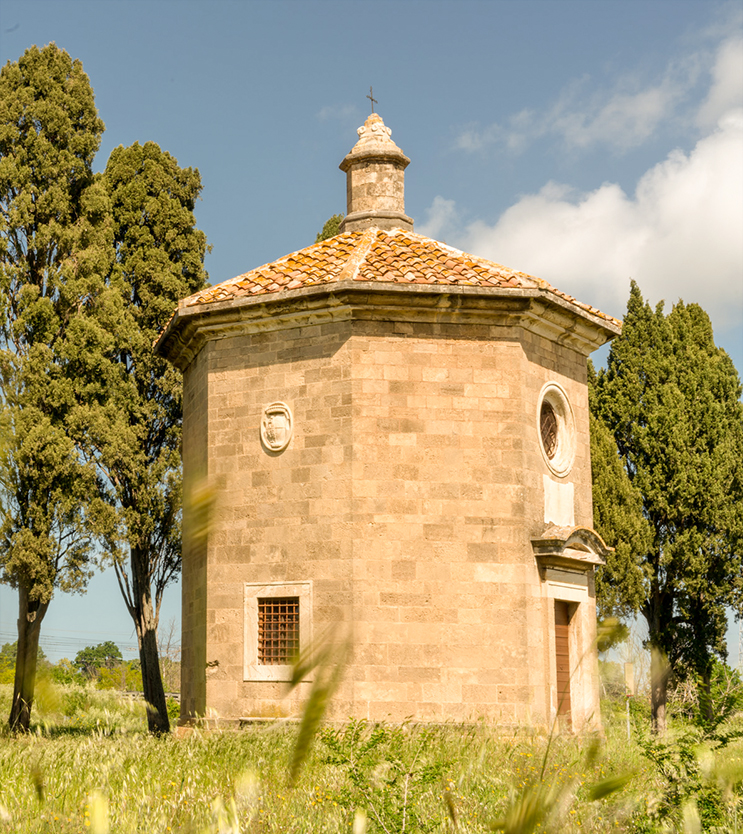
Modern History
Despite Bolgheri’s ancient origins, its Early Middle Age settlement and fortress that later became the Castle of Bolgheri, the territory where most of today’s vineyards and wineries are located wasn’t developed for many centuries. It wasn’t until the end of the 1600’s that viticulture and land development began to take shape. The Della Gherardesca Counts decided to initiate vast land improvements in the territory including planting the first vineyards in the flat terrain around the San Guido and Belvedere estates.
Agricultural practices flourished and more farmland and vineyards were established in the areas of Grattamacco, Lamentano, Sant’Agata, Castellaccio, Casavecchia and Felciaino.
The person who made the greatest contribution to the territory’s agricultural and viticultural history is, without a doubt, Guidalberto Della Gherardesca.
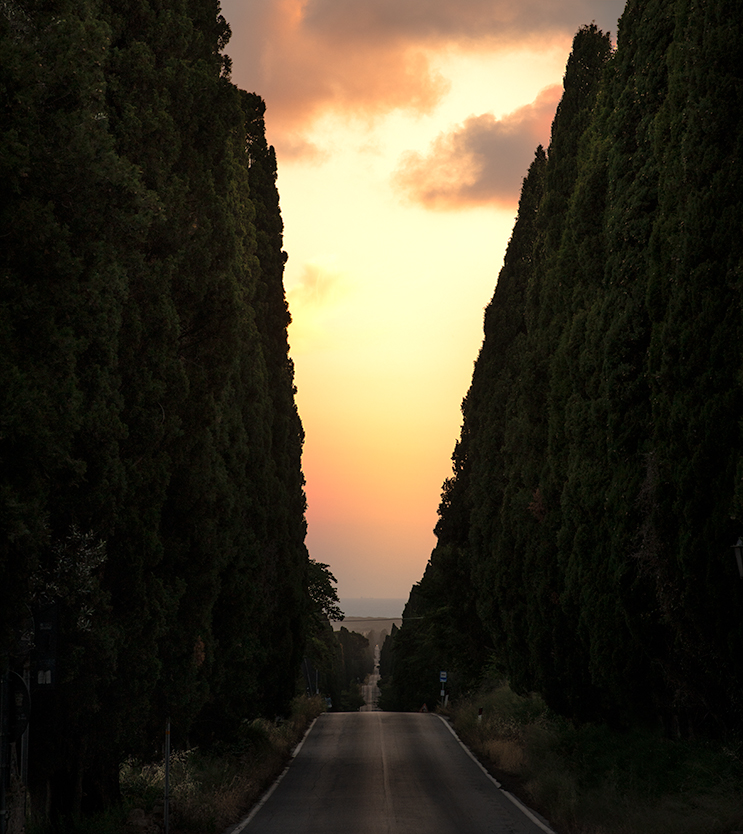
Guidalberto planted the famous Cypress Avenue that connects Bolgheri to San Guido, renovated the older vineyards following the most up-to-date agronomic principles and planted new vines. His work was the first rough outline of what would become the boundaries of the first wineries in Bolgheri.
The Capanne a Castiglioncello estate, founded in 1816, is worthy of attention. In 1833, Guidalberto was recognized for his skills and expertise in viticulture and was appointed as the Principal Steward and Cellar Master of Grand Duke of Tuscany Leopoldo II of Habsburg.
Unfortunately, innovations introduced by Guidalberto were abruptly disrupted in the second half of the 1800’s due to vine diseases that came from America; powdery mildew, downy mildew and especially phylloxera.
After two centuries of viticulture and great prospects for the future, at the beginning of the XX century Bolgheri found itself back to square one.
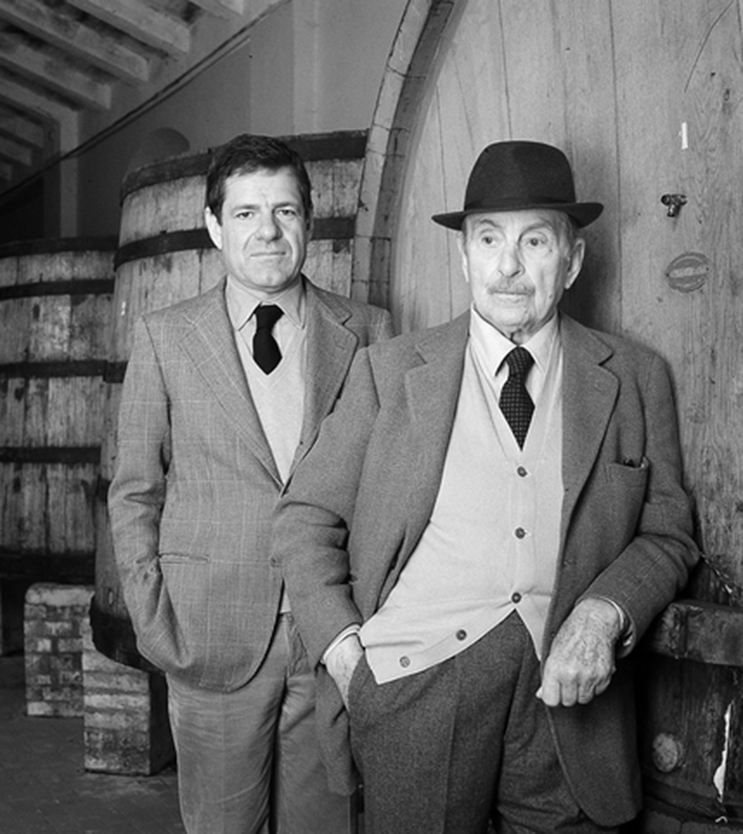
Contemporary History
Although viticulture was seriously compromised in Bolgheri and in the rest of Europe by diseases from North America, the guidelines Guidalberto established in agricultural practices remained strong.
Small vineyards populated one part of the territory and were part of the sharecropping system. This rural production was mainly subsistence agriculture. Vinification was rudimentary and wines produced were for immediate consumption and had a very short shelf life. Most of these agricultural workers were from Le Marche and came to Bolgheri during the 1940’s because of the abundance of uncultivated farmland and lack of a work force.
On the other side, there were several very large vineyards that belonged to the historical properties. These estates were managed directly by the owners, with a certain degree of mechanization, more efficient cellars but production was more or less the same, rustic and unsophisticated.
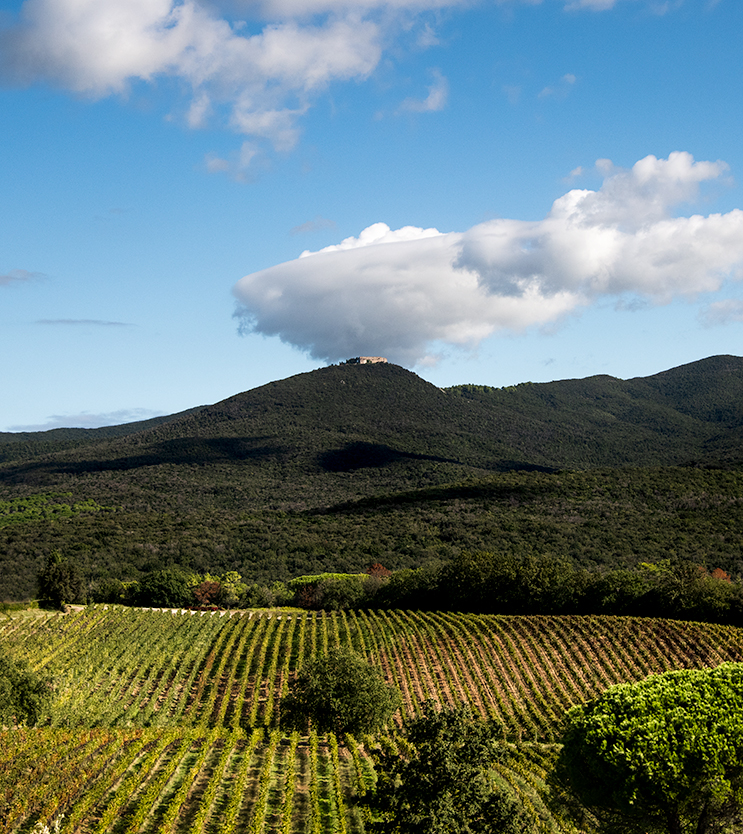
Bolgheri’s history was revolutionized by Marchese Mario Incisa Della Rocchetta, half Piedmontese and half of Roman descendent from the Chigi family, who moved to Tuscany after marrying Countess Clarice Della Gherardesca in 1930.
That same year Clarice’s sister, Carlotta, married Marchese Niccolò Antinori. The largest estate in Bolgheri was divided between these two families.
Wines produced in the area were mostly unsophisticated and Marchese Mario Incisa wanted to try to create a new wine, inspired by the fine quality of French wines he was used to drinking. He took cuttings from Duke Salviati’s vineyards in Migliarino Pisano, which were scions of Cabernet (hence an Italian clone) and planted them in 1942 and later in 1944 in Castiglioncello di Bolgheri, in an area protected from the nearby sea. The belief at that time was that the proximity to the sea was the cause of the poor quality of local wines.
Local inhabitants, who were used to drinking wines from the last harvest in February, weren’t able to comprehend this new wine and thought the Marchese’s experiments were extravagant
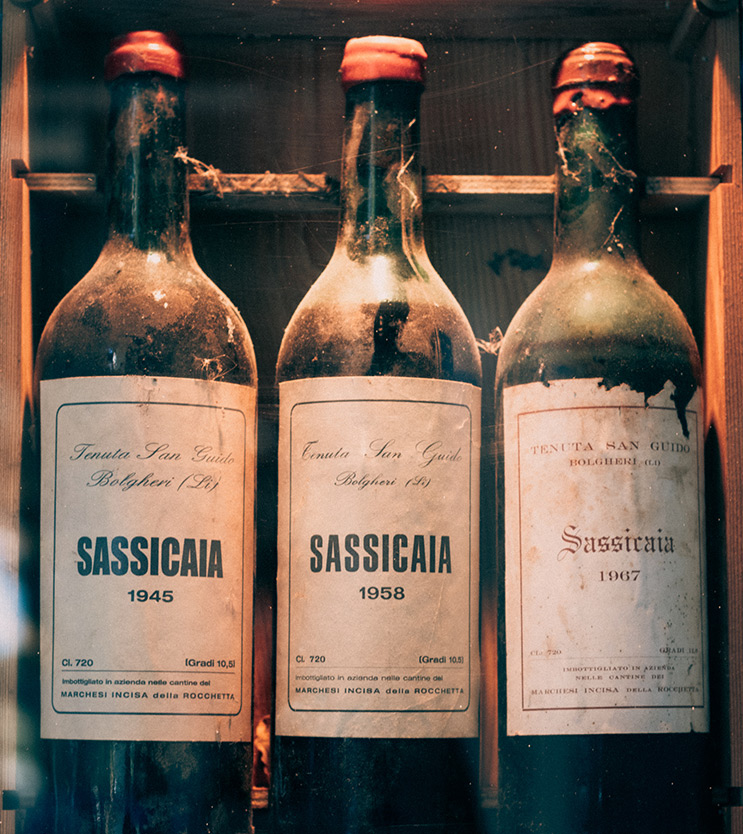
Up until the end of the 1960’s, Sassicaia was made only for a few intimate friends and family. Marchese Piero Antinori (son of Niccolò and nephew of Marchese Mario) proposed the idea of selling the wine so the task of marketing and sales was handed over to Marchesi Antinori.
At the same time, Antinori’s young enologist, Giacomo Tachis, began to work together with Marchese Mario Incisa.
The first official Sassicaia was introduced to the world in 1972 with the 1968 vintage. In just two short years, Gino Veronelli fell in love with the wine and began promoting it in the Italian market. Sassicaia’s achievements were not only national but also international.
In a blind tasting hosted by Decanter in 1978, Sassicaia emerged victorious over the other Cabernets which came from all over the world. However, it was the 1985 vintage that officially recognized Sassicaia’s legendary reputation when Robert Parker, for the first time, awarded 100 points to an Italian wine.
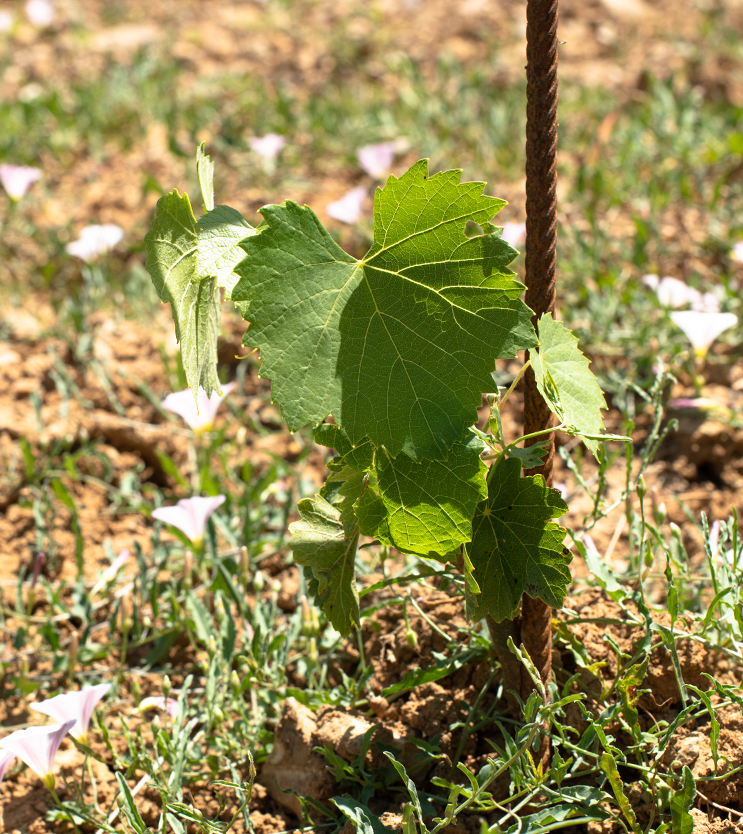
Recent History
In 1983, a first set of production regulations was adopted to protect wine made in Bolgheri. At the public hearing, despite some doubts and disputes, the general assembly approved production rules that were rather traditional in nature.
Unfortunately, 1983 was also the year Marchese Mario passed away leaving to his son Nicolò, and many other producers who were inspired by him, the framework to continue to build Bolgheri’s future.
His legacy goes beyond just viticulture and winemaking as he embraced a modern and harmonious vision of man and the environment. Mario Incisa della Rocchetta was the first president of WWF Italy and established the Wildlife Sanctuary “Padule di Bolgheri” in 1959.
The appearance of Vini da Tavola (table wines) whose quality levels often exceeded those of the famous appellations was disconcerting in the international market, especially with Anglo Saxon reporters.
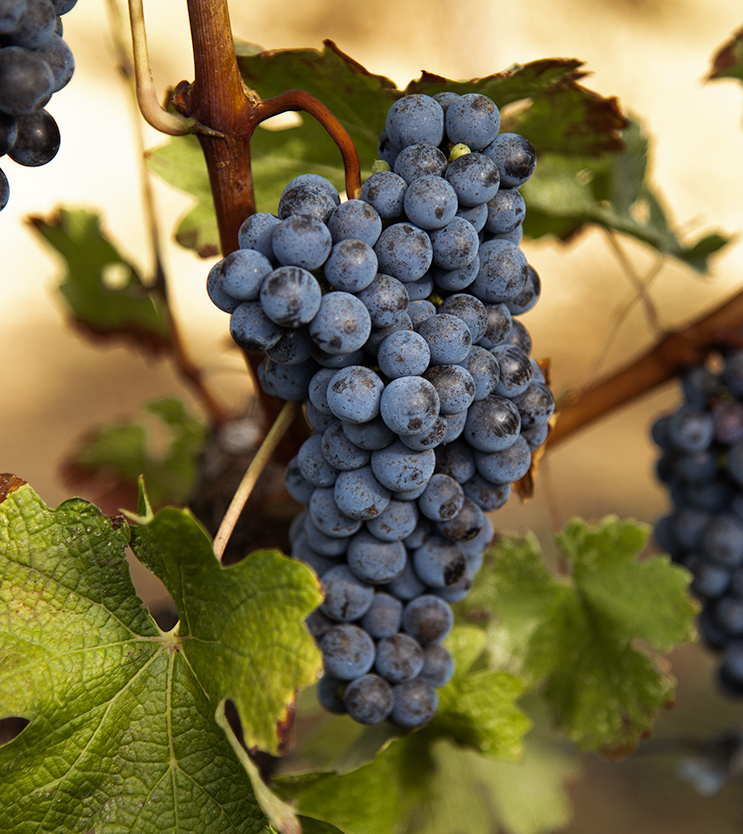
For their highly pragmatic mentality, it was inconceivable that the finest quality wines didn’t belong to, or were protected by, an important appellation; it was considered a terrible Italian mix up and the term Super Tuscan was coined. Super Tuscan describes superior quality red wines from Tuscany that often include non-indigenous grape varieties such as Cabernet and Merlot and that are not protected by an appellation.
After enologist Giacomo Tachis’ experience with Marchese Mario, he used his expertise to develop acclaimed wines also in other areas, but most notably he created two iconic Tuscan reds; Tignanello and Solaia made in Chianti Classico.
When Bolgheri’s original DOC was established, two different wine making trends took shape: white and rosé wines that were protected by the appellation; and Vini da Tavola (table wines) that were referred to as Super Tuscans.
Consequently, Bolgheri didn’t get the recognition it deserved because the area’s most highly acclaimed red wines did not have Bolgheri written on the label, while the whites and rosés protected by the designation of origin weren’t yet unique enough to put Bolgheri on the map as a famous and prominent territory.
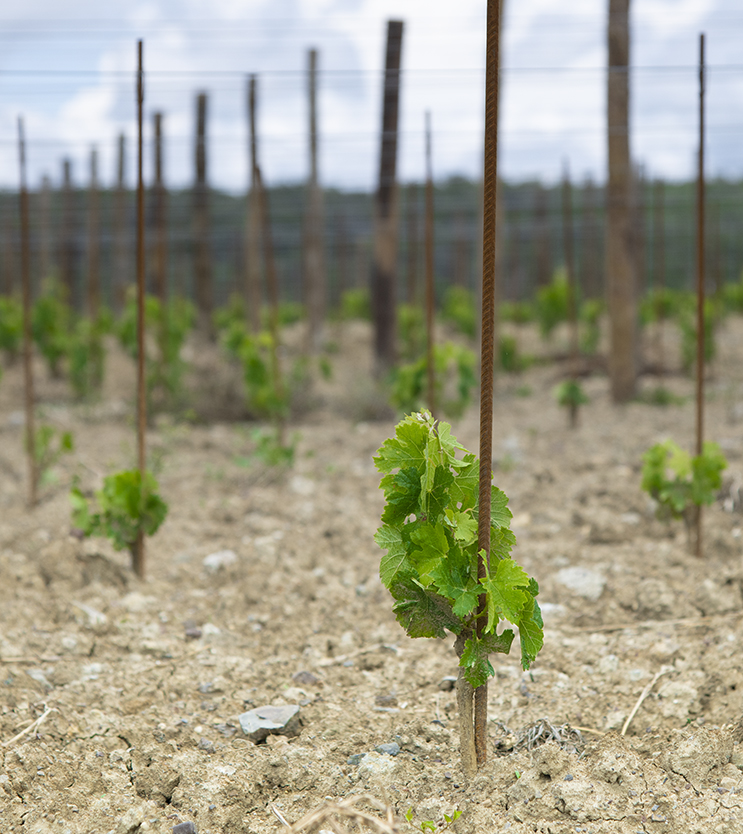
The history of Bolgheri style red wine production was associated exclusively with Sassicaia up until the 1970’s. Other producers began to follow in the footsteps of Marchese Mario from 1978 on.
It is surprising to notice that producers who were first inspired by Sassicaia were not from the area (even Marchese Mario wasn’t originally from the area). One such producer is Piermario Meletti Cavallari who moved to Castagneto from Bergamo in 1977 and founded Podere Grattamacco in the area called Grattamacco. Shortly after that, Michele Satta came to Bolgheri from Varese and established his own winery after having farmed the land extensively.
The Belvedere property was developed into two distinct estates; Marchese Lodovico Antinori founded Ornellaia while his older brother Piero founded Guado al Tasso. The only producer who is a native of Bolgheri is Eugenio Campolmi who established Le Macchiole.
These are not the only wineries that existed at the time; however, they were the first to have personally adopted Bolgheri’s new winemaking approach laying down the foundation for an entire movement that was no longer about just one wine but embraced the whole territory.
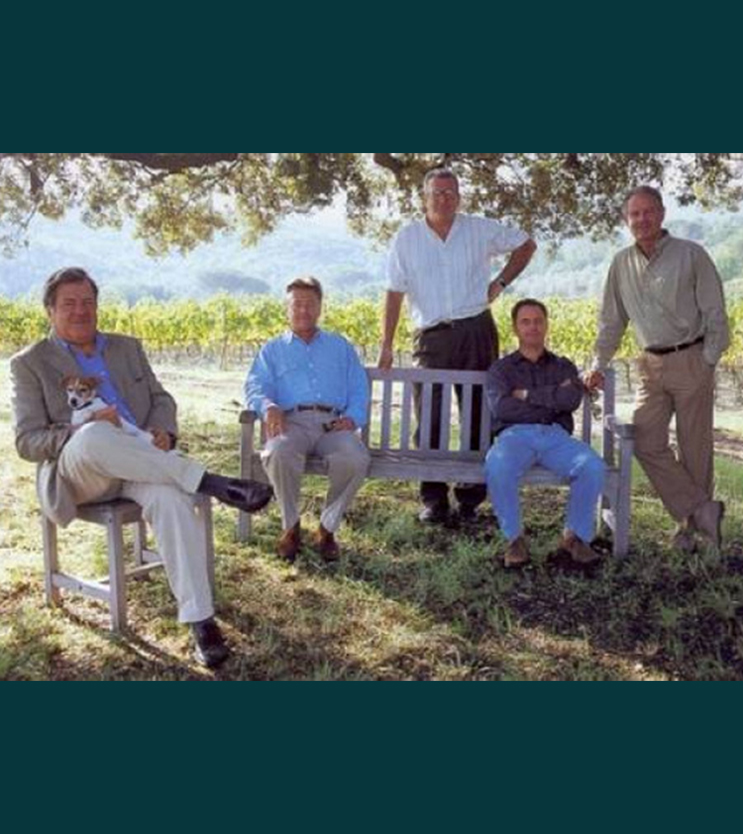
The increased number of outstanding wines being produced, combined with the complete lack of protection further stigmatized the shortcomings of the 1983 production regulations.
Producers had to wait until 1994 for the long-awaited modified production rules that established provisions and protection for red wines made from blends with other grape varieties such as Cabernet and Merlot.
At the same time, a new subzone, Bolgheri Sassicaia DOC, was granted. The denomination defines the territorial boundaries where this wine can be produced which is exclusively on the San Guido estate.
Shortly thereafter in January 1995, the consortium, “Consorzio per la Tutela dei vini DOC Bolgheri” was founded and Marchese Nicolò Incisa della Rocchetta became the organization’s first president.
Under these new rules, a large part of production in the area fell under the protection of the DOC appellation. The only wines excluded were those made with a single grape variety, which at the time were not yet very well-known; two Merlots, Masseto from Ornellaia and Messorio from Le Macchiole.
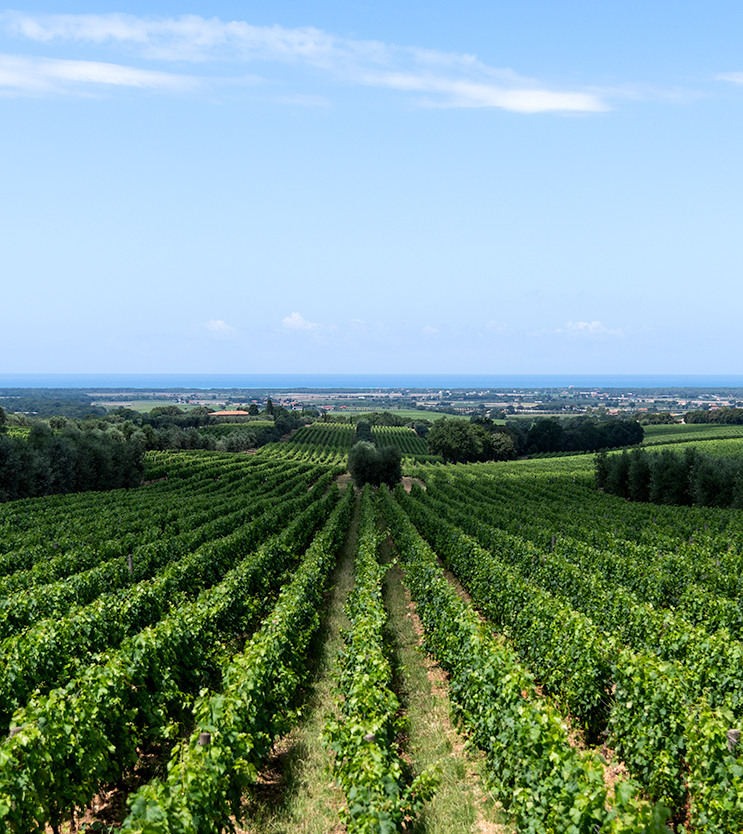
Cultivated vineyards in Bolgheri, which had stabilized at about 190 hectares, began to experience rapid expansion and in less than 10 years, total vineyard extension reached 1,000 hectares.
This increase is due to two parallel situations: first, important entrepreneurs had a growing interest in investing in the area as they believed in the potential of Bolgheri; secondly, farmers in Bolgheri became more knowledgeable and progressively began cultivating grape vines, often sacrificing traditional farming of fruit and vegetables that the area was well-known for, or they opted for alternative approaches to viticulture that broke with earlier methods.
In 2011, in order to keep the escalating success of the area under control, the DOC production quotas were frozen and production regulations were updated to include wines produced with the three main grape varieties; Cabernet Sauvignon, Merlot and Cabernet Franc, which could also be used to produce monovarietal wines.
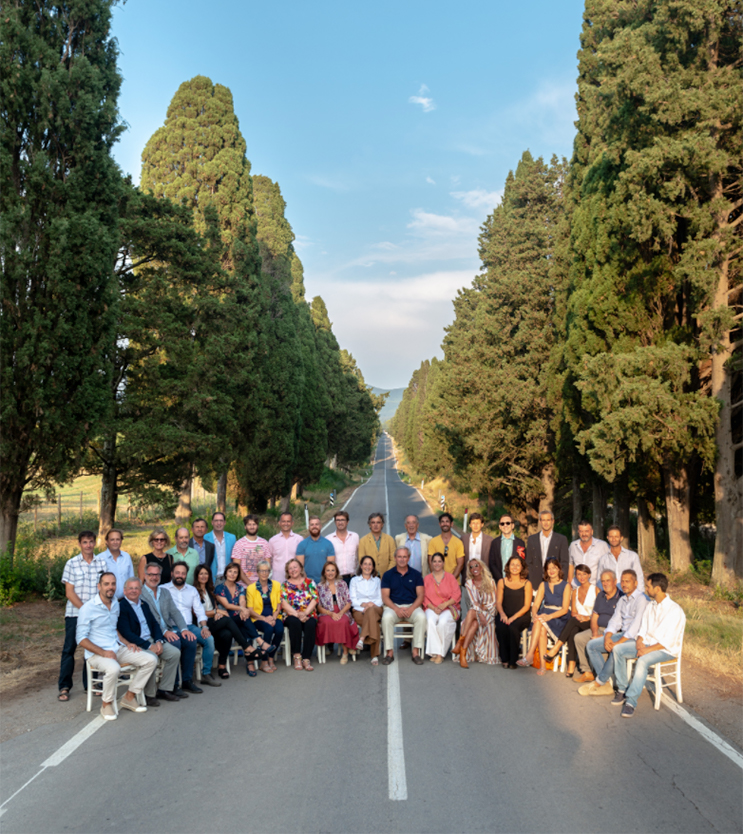
In 2013, after 18 years at the helm of the Consortium, Marchese Nicolò Incisa decided to step down from the position. The role of president was accepted by Federico Zileri Dal Verme who, like the Marchese, was a descendent of the Della Gherardesca family on his mother’s side, a continuation of the family’s tradition of guiding and protecting the territory.
The end of this year brought the most recent change to production regulations in which the subzone Bolgheri Sassicaia was separated from the broader Bolgheri DOC and awarded its own independent appellation, Bolgheri Sassicaia DOC, protected by the consortium. In October 2019, Albiera Antinori was elected as the third president of the consortium.
Over the years, membership has grown from the original 7 to 74 members and vineyard extension has expanded from 190 hectares to about 1,370 ha with DOC status, while the number of wines produced and awards received has increased at the same pace. Bolgheri’s challenge for the future is to preserve and safeguard the extraordinary efforts and results that producers have achieved while keeping alive the spirit of unity, cooperation, love and respect for the territory that has inspired and encouraged them from the very beginning.
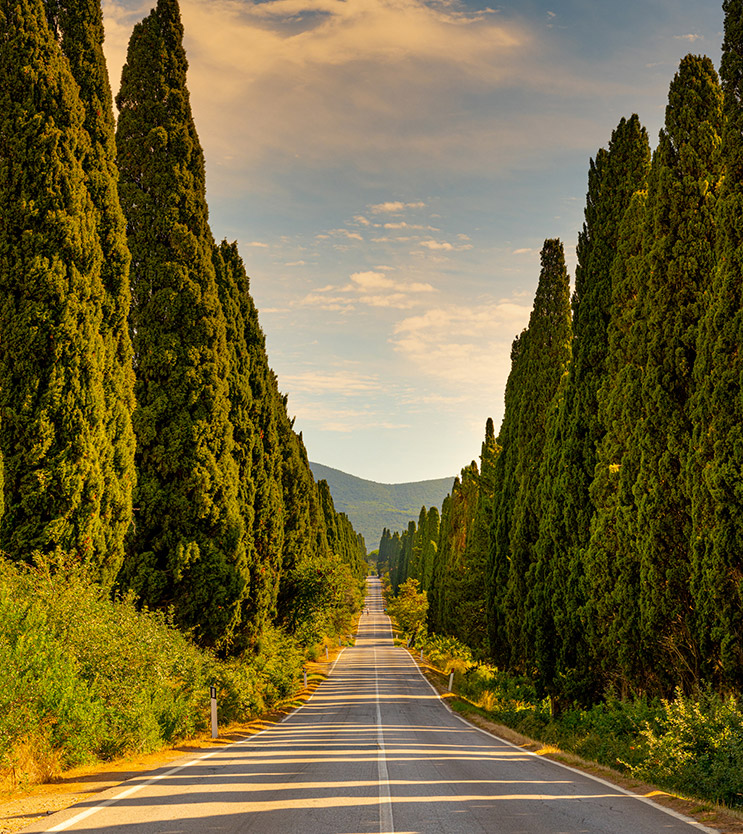
The Avenue
“I cipressi che a Bolgheri alti e schietti
Van da San Guido in duplice filar,
Quasi in corsa giganti giovinetti,
Mi balzarono incontro e mi guardar.”
This is the beginning of the poem “Davanti a San Guido” published in the collection of poetry entitled Rime Nuove by poet and writer Giosuè Carducci, the first Italian author to receive the Nobel Prize for Literature in 1906.
A scenic straight avenue, about 5 kilometers long bordered by majestic cypress trees, leads straight to the medieval town of Bolgheri. The street name is Provincial Road 16D and it connects the Oratory of San Guido, located on the old Via Aurelia, to the magnificent Castle of Bolgheri that dominates the entrance into the charming historic center.
Guidalberto Della Gherardesca, who lived in the early 19th century, is famous for having planted the famous Cypress Avenue, that today is a national monument.
He was also a pioneer implementing modern agricultural practices in the area and introducing innovations in viticulture. His ideas were ahead of his time as he realized numerous land reclamation projects.
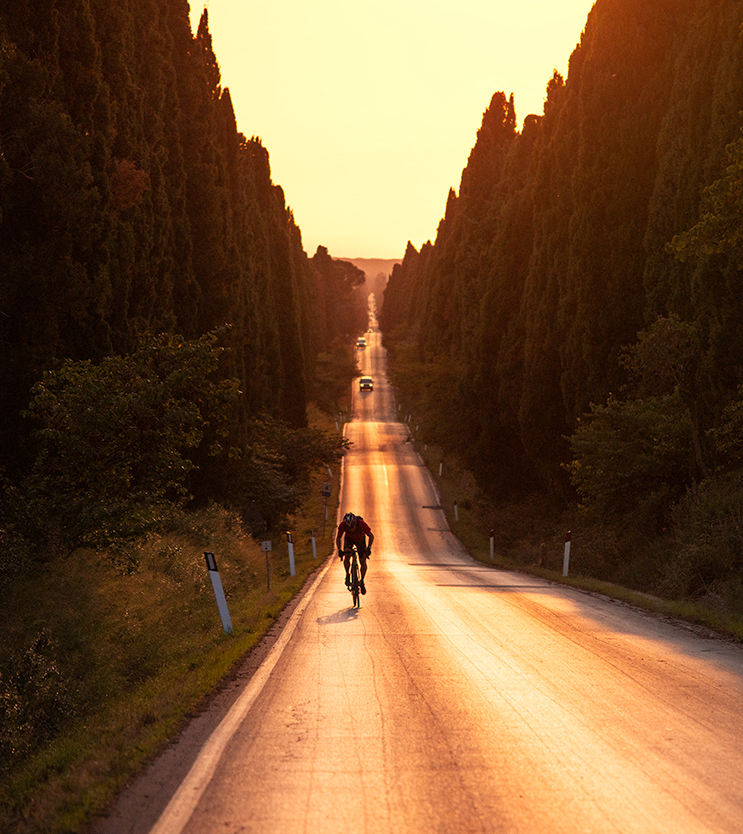
Presently, Cypress Avenue is 4,962 meters long with 2,540 cypress trees. Its history is truly unique. In 1841, the reconstruction of Via Pisana (also known as Via Regia) was completed all the way to Grosseto.
Many perpendicular streets were subsequently built to connect Via Pisana to all the small inland towns and villages; one of these was the avenue at San Guido. After road reconstruction was completed; new roadbed was laid down and lateral drainage ditches were added.
Guidalberto decided to create a more pleasant environment along Via Pisana and San Guido Avenue with ornamental plants best adapted to marshy areas, confident that the city of Castagneto would be responsible for their future maintenance. He chose a species that wasn’t a true cypress tree but were poplars shaped like cypresses and proceeded to plant them on Via Pisana and the first section of San Guido avenue.
Unfortunately, local water buffalo herds found these tender young plants delicious. The trees were finally able to grow only when farmers decided to confine these free-roaming water buffaloes into enclosed pastures.
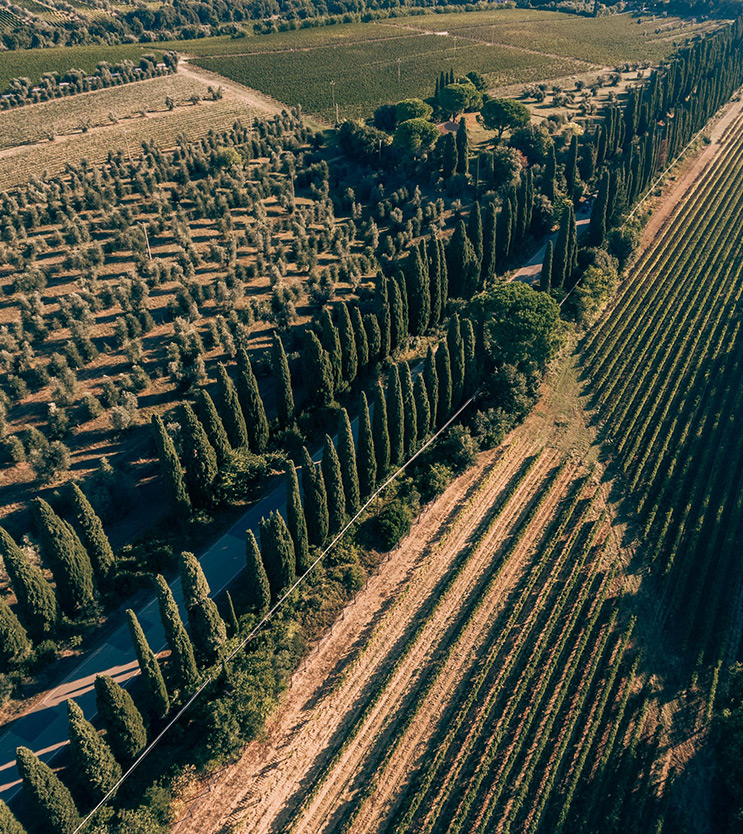
The first stretch of the avenue, from Via Pisana to the large farmhouse called San Guido, was planted with real cypress trees that were not devoured by the animals. The results were promising, even if cypress trees tend to thrive in drier hillside climates, and this encouraged the Della Gherardesca family to continue their planting program creating Bolgheri’s Cypress Avenue.
The first cypress trees were brought to the area on a small ship that docked at San Vincenzo and were then transported to San Guido by carts. Later, the trees were brought in from Florence, Pisa, Ripafratta and, consideration was given to setting up special nurseries.
Italian poet Giosuè Carducci wrote about Bolgheri in his poem “Davanti a San Guido” (Before San Guido) in which he praised the majestic tree-lined avenue: Tall stately cypresses in a double row troop from San Guido down to Bolgheri. However, when the poet lived in Bolgheri, between 1838 and 1848, a portion of the street (from San Guido to Le Capanne) had not yet been fully planted.
It was only after the poem’s success that Count Ugolino Della Gherardesca was inspired to replace the imposing centuries-old olive trees that lined a section of the road between Le Capanne and Bolgheri with trees fulfilling Giosuè Carducci’s vision of the suggestive Cypress tree-lined avenue that he narrated in his verses of Davanti San Guido.
